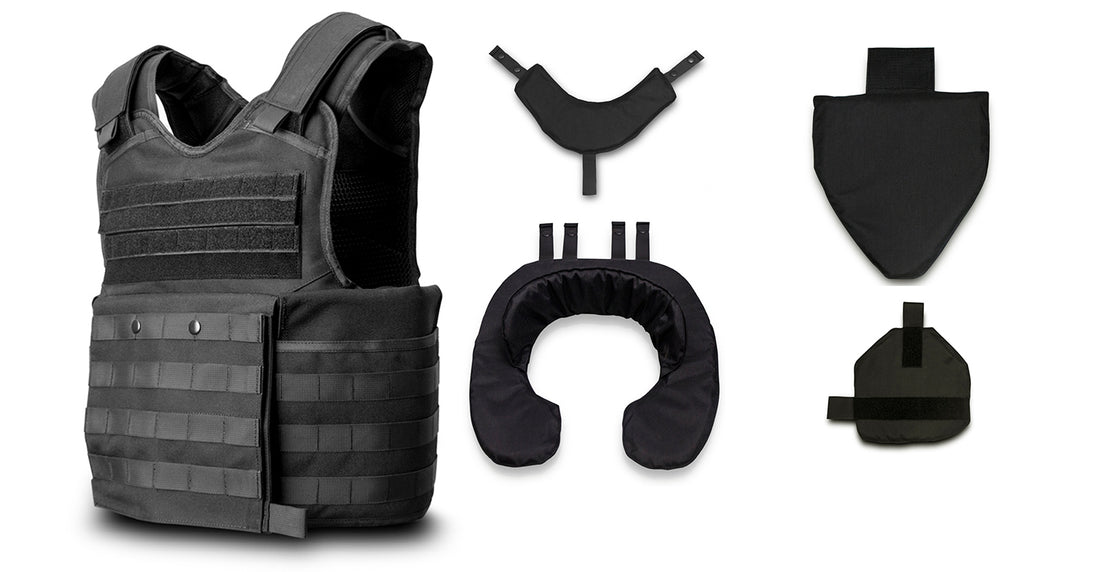
There are a lot of different types of protection to choose from for law enforcement, soldiers, and others who perform dangerous jobs. The main thing this protection should do is keep you safe. But in order to do that in the best way possible, you need to know what "safe" means for you. Protection levels for bulletproof vests, for example, are rated by the National Institute of Justice and not by the ballistic vest manufacturer. That's due to the inconsistencies that were seen in previous tactical vest ratings, and can help you choose the vest that's right for you. Here's what you need to know.
What Are Ballistic Vests?
A bulletproof vest, or ballistic vest, is a vest that is typically worn underneath your shirt. It is made of material that's designed to absorb impact. So instead of allowing a bullet to go through it and into your body, the bullet is stopped before it can pierce your skin. That doesn't mean you won't suffer any harm, but that you have a far lower chance of a deadly impact than you would have without the vest. Body armor protects you by slowing the bullet down and dispersing that energy over a wider area of the bullet proof vest. It does that by using layers of man-made fabrics. These vests can also be worn over the top of your clothing.
What Types of Ballistic Vests Are Offered?
Different types of ballistic vests are made with different types and numbers of layers. Each set of layers is designed to protect you against different calibers. Since uniform standards were a problem, the National Institute of Justice (NIJ) now conducts tests on body armor and rates vests according to what they are designed to do. A rating of 1 is designed to protect the wearer from smaller calibers such as the .22.
A rating of 4 is designed to protect from very large calibers such as the .44 magnum. Body armor vests are not designed to protect from knives and high caliber rifles. In most cases, a body armor vest with a 2 or 2A rating is the usual choice for most police department daily wear. However, a Level IIIA can also be chosen for a high level of protection and security.
How Are Ballistic Vests Used Effectively?
Ballistic vests have to be worn properly and chosen correctly in order to have the maximum level of effectiveness. Not every bulletproof vest is the same, and the protection levels can be more different than a person might expect. Each layer put in front of the bullet helps disburse the energy and deform the bullet until it loses energy and stops. That's why vests with more layers are often more effective, all other things being equal. It's important to buy the right vest and use it according to the instructions set out by the ballistic vest manufacturer in order to get the largest benefit from it.
What Criteria Should Be Considered When Choosing a Ballistic Vest?
The main criterion for a bulletproof vest choice should be the level of protection realistically needed versus the level of protection the tactical vest will provide. Other than that, price is often a consideration. Additionally, the brand of vest may be a factor. That's especially true if used by law enforcement or a military operation that typically only purchases from one ballistic vest manufacturer. All other things being equal, the best vest for your needs will be the one that's affordable, fits you well, and has the highest level of protection possible to meet your need and reduce your risk of harm.

0 comments